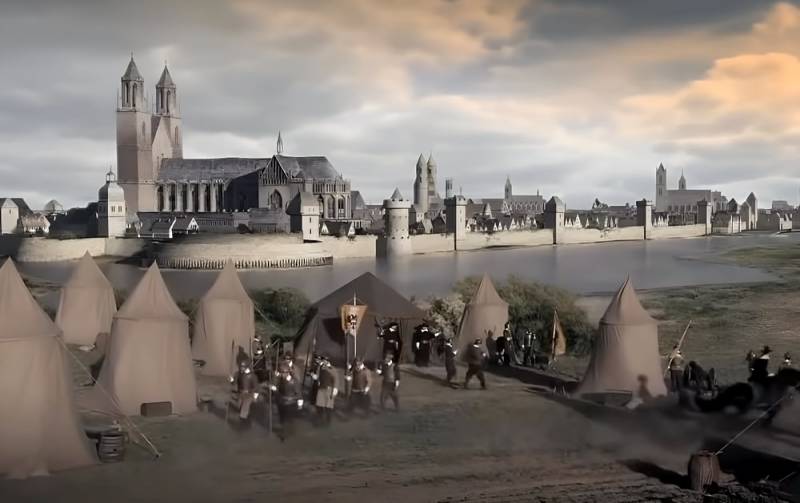Why did medieval armies always capture castles rather than bypass them?
A castle in medieval Europe was an almost impregnable fortification. Despite the fact that there was a relatively small garrison inside, the capture of such a defensive structure was given to the advancing army at the cost of huge losses.
The castle often stood on a hill, was surrounded by ditches, and from its walls arrows, stones, cannonballs, and even hot tar flowed onto the heads of the attackers. As a result, the best option to capture this structure was a siege.
It is worth noting that this tactic took quite a long time. After all, as mentioned above, the garrison inside the castle was small, and the supplies inside lasted for a long time. In addition, before the attack, the owners of the defensive structure expelled the “common people” from there so as not to waste food supplies on them.
For example, the siege of Candia on the island of Crete lasted 21 years, from 1648 to 1669. It was the longest in history. The Ottomans then lost 240 thousand people, but took the castle.
In this case, the question arises - why did medieval armies necessarily capture castles and not bypass them? After all, this way it was possible to avoid huge losses and preserve the army for a further offensive. There are three reasons for this.
Firstly, treasures, provisions, weapons and other valuables were usually stored in castles, which were promptly brought there in the event of a war. No invading army could refuse such trophies.
Secondly, castles were usually located in such a way as to be able to control the main roads. In other words, the garrison remaining inside the structure would certainly deprive the enemy of logistics if he advanced further without destroying it.
Finally, thirdly. The captured castle acted as an excellent defensive structure for the attackers themselves, in case something went wrong.

Information